Car dents are an inevitable part of vehicle ownership. Whether caused by a stray shopping cart, hailstorm, or a minor collision, they can instantly diminish your car’s sleek appeal. However, not all dents are the same, understanding the types of car dents helps you determine the most effective repair method, saving valuable time and money.
This comprehensive guide examines the various types of car dents, their causes, repair methods, and preventive measures. You’ll also discover when DIY dent repair is practical and when professional intervention is the smarter choice.
Why Understanding the Types of Car Dents Matters
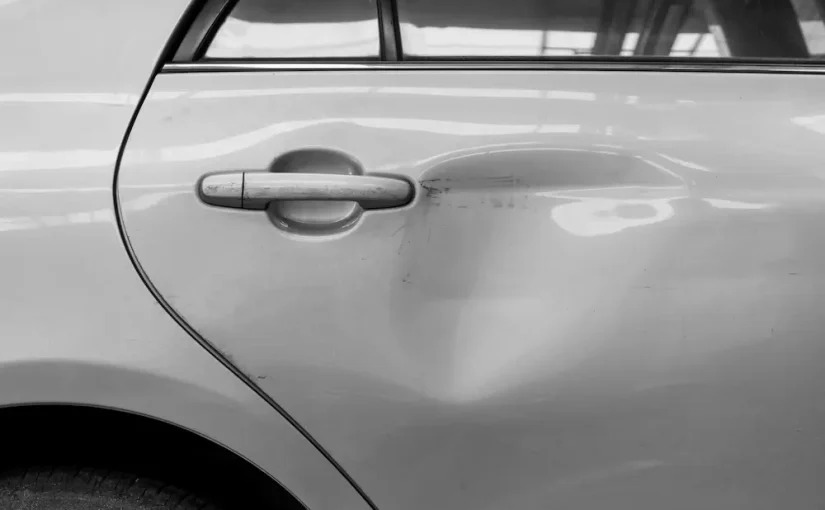
Your vehicle’s body does more than enhance aesthetics, it safeguards critical components and upholds structural integrity. Even a small ding or sharp dent can compromise the paint layer, expose underlying metal, and lead to corrosion over time.
By learning about types of car dents and appropriate repair techniques, you can make informed decisions on whether to opt for paintless dent repair (PDR), a dent puller, or professional body shop services.
Types of Car Dents You Should Know
Before attempting a fix, it’s essential to identify the types of car dents on your vehicle. Here are the most common ones:
1. Round Dents
Round dents are the most frequent and usually result from hail damage, stray balls, or minor collisions. They appear as shallow, circular impressions and are typically simple to repair.
Repair Tip:
Try paintless dent repair (PDR) or the hot water method. DIY enthusiasts can use a suction dent puller for smaller dents.
2. Crease Dents
Crease dents form when an object drags across the car’s surface, leaving a long, folded indentation. Common causes include tree branches, poles, or other vehicles scraping by.
Repair Tip:
These dents usually require professional car body repair since they stretch the metal and often damage the paint layer.
3. Sharp Dents
Sharp dents occur when pointed objects, such as stones or car doors, strike the car. These dents are deep and highly concentrated.
Repair Tip:
Professional auto body shop services are best suited for this type of collision damage, ensuring proper reshaping of the metal and paint restoration.
4. Multi-Point Dents
Multi-point dents result from multiple impacts, often due to severe accidents or collisions.
Repair Tip:
These typically require advanced techniques such as panel replacement or welding, handled by skilled professionals.
5. Dings
Dings are small, shallow dents caused by everyday incidents like parking lot bumps. While they might appear minor, repeated dings can dull your car’s finish over time.
Repair Tip:
Most dings can be easily repaired through DIY dent repair using PDR or suction-based tools.
6. Extreme Dents
High-impact collisions, such as animal strikes or rear-end accidents, cause extreme dents. They often have irregular shapes and may involve deeper metal damage.
Repair Tip:
For these severe cases, replacing the damaged panel at an auto body shop is often the best solution to restore structure and appearance.
Popular Dent Repair Techniques

Once you’ve identified the types of car dents, the next step is choosing the right repair technique.
a) Paintless Dent Repair (PDR)
PDR is among the most efficient and eco-friendly methods to fix dents. It reshapes the metal from behind the panel without disturbing the paint finish.
Best for: Small dings, round dents, and light creases.
b) Traditional Dent Repair
When dents cause cracked paint or expose metal, traditional dent repair, involving sanding, filling, and repainting, is the ideal solution.
Best for: Sharp dents and collision damage.
c) Heat and Cold Method
This technique alternates between heating and cooling the dented surface, causing the metal to contract and sometimes pop back into shape.
Best for: Minor round dents and shallow dings.
d) Dent Pulling Kits
DIY dent pulling kits use suction or glue-based pullers to restore the dented area. They’re easily available at auto parts stores and are convenient for quick fixes.
Best for: Small to medium-sized dents.
e) Professional Body Shop Repair
For complex damage such as multi-point or sharp dents, professional repair is highly recommended. Experts employ advanced tools, PDR, repainting, and welding to deliver flawless results.
Best for: Multi-point dents, sharp dents, and extensive vehicle damage.
Car Scratch Removal

Dents and scratches often occur together. A complete car dent identification guide must also address scratch removal to maintain the vehicle’s finish and value.
Scratch Repair Methods:
- Rubbing Compound: Smoothens light surface scratches.
- Scratch Repair Kits: Ideal for minor surface touch-ups.
- Touch-Up Paint: Effective for deeper scratches that expose metal.
- Professional Repainting: Best for deep or widespread damage requiring refinishing.
Avoiding Car Dents and Scratches
While accidents can’t always be avoided, you can minimize the risk of types of car dents with these practical tips:
- Park away from congested areas to prevent door dings.
- Use a car cover during hail or heavy storms.
- Be cautious in tight parking spaces.
- Regularly wash and wax your vehicle to preserve paint integrity.
When to DIY vs. Professional Repair
Knowing when to repair dents yourself and when to hire an expert ensures both safety and quality results.
DIY Dent Repair
- The dent is small, shallow, and doesn’t damage the paint.
- You have access to tools like a suction kit or dent puller.
- You’re confident using paintless dent repair (PDR) methods.
- You’re aiming for cost-effective solutions for minor imperfections.
Professional Repair
- The dent involves cracked paint or visible metal exposure.
- There are multiple or deep, sharp dents from collisions.
- You need a guaranteed, flawless finish.
- The car’s resale value depends on a pristine exterior condition.
The Hidden Costs of Ignoring Car Dents
Neglecting different types of car dents might seem harmless initially, but small dents can worsen over time. Moisture seeps through compromised paint, leading to rust and long-term damage. Eventually, repair costs rise, and the vehicle’s resale value declines.
Addressing types of car dents and repairing them promptly not only enhances aesthetics but also maintains your car’s structural health and longevity.
Conclusion
Every car owner will eventually face dents or scratches. With the right car dent identification guide, you can handle them effectively. Understanding the types of car dents, their causes, and proper repair strategies empowers you to make smart decisions, whether opting for DIY dent repair or professional services.
Maintaining your car’s exterior isn’t just about looks it protects value, prevents rust, and keeps your vehicle road-ready and impressive for years to come.
So, the next time you notice a dent, don’t ignore it. Identify the type, select the best repair approach, and keep your car looking as flawless as the day you bought it.
Read Also This |
|
|---|---|
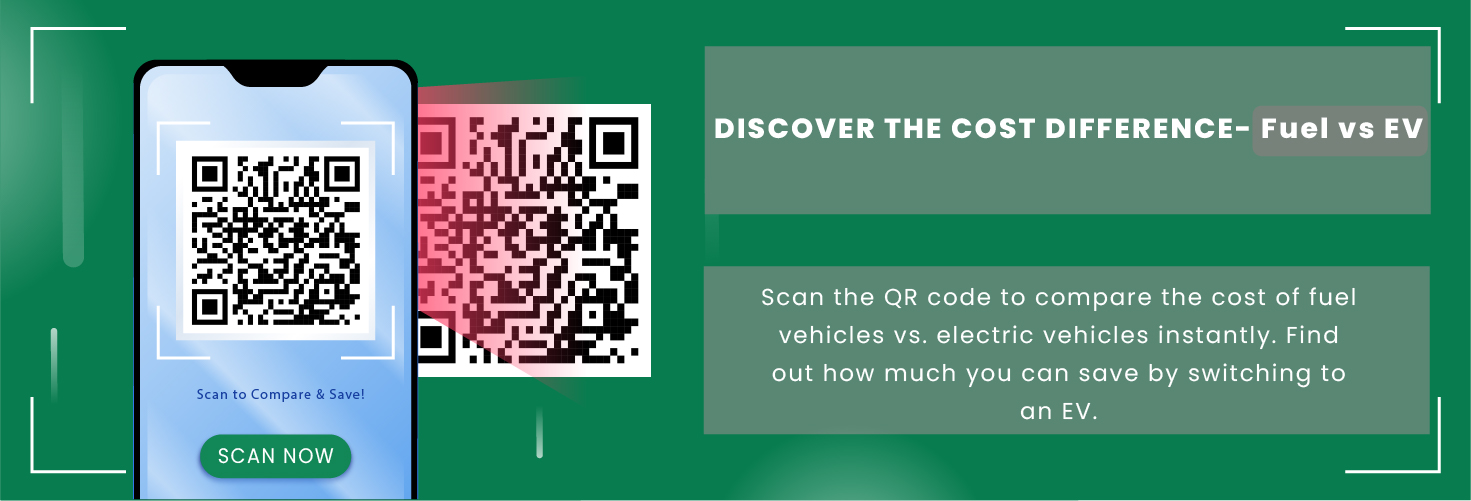

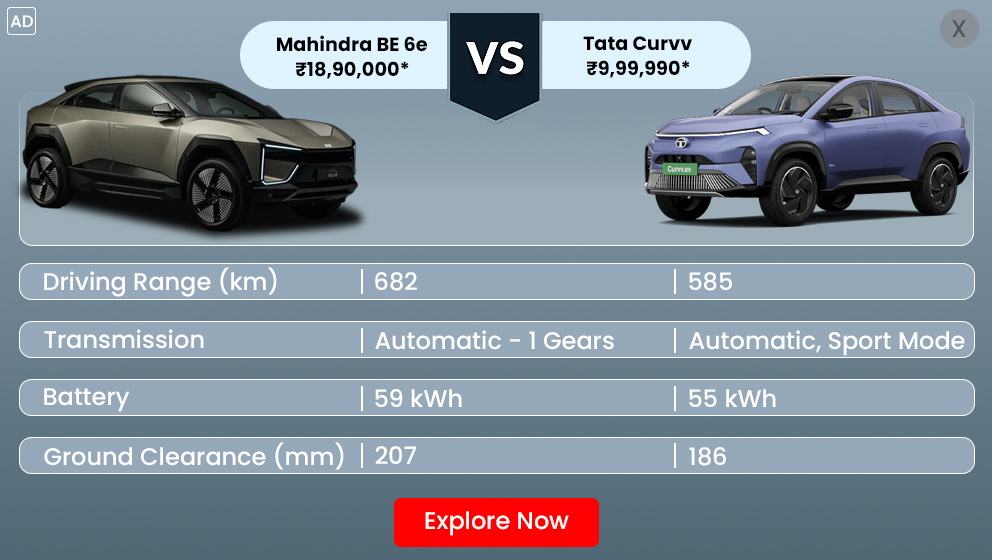

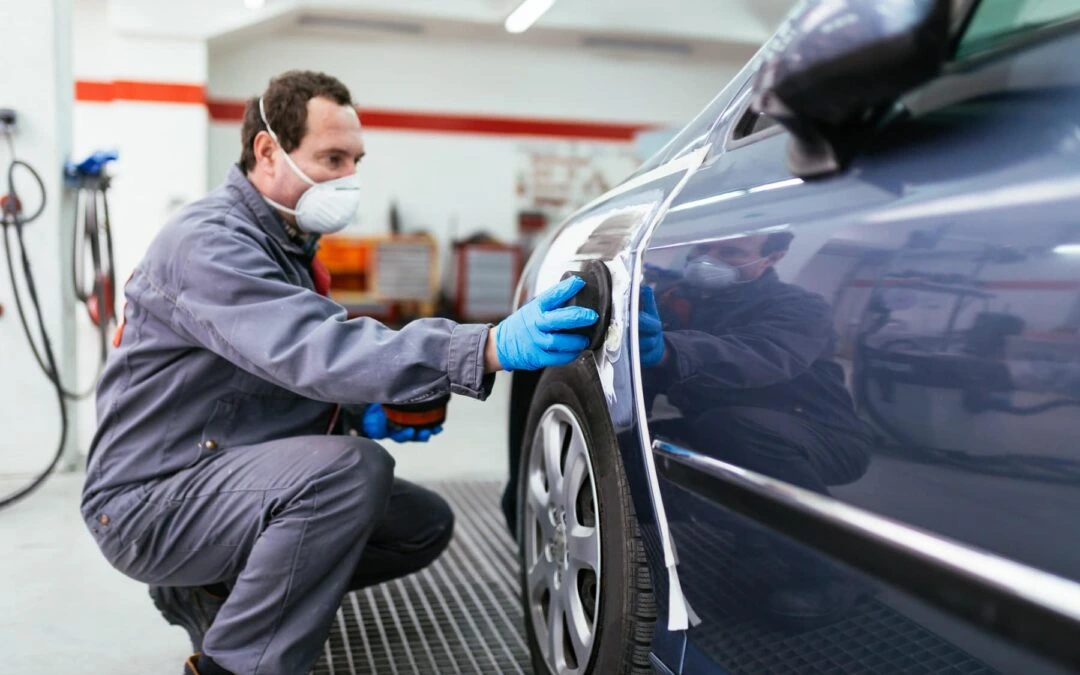
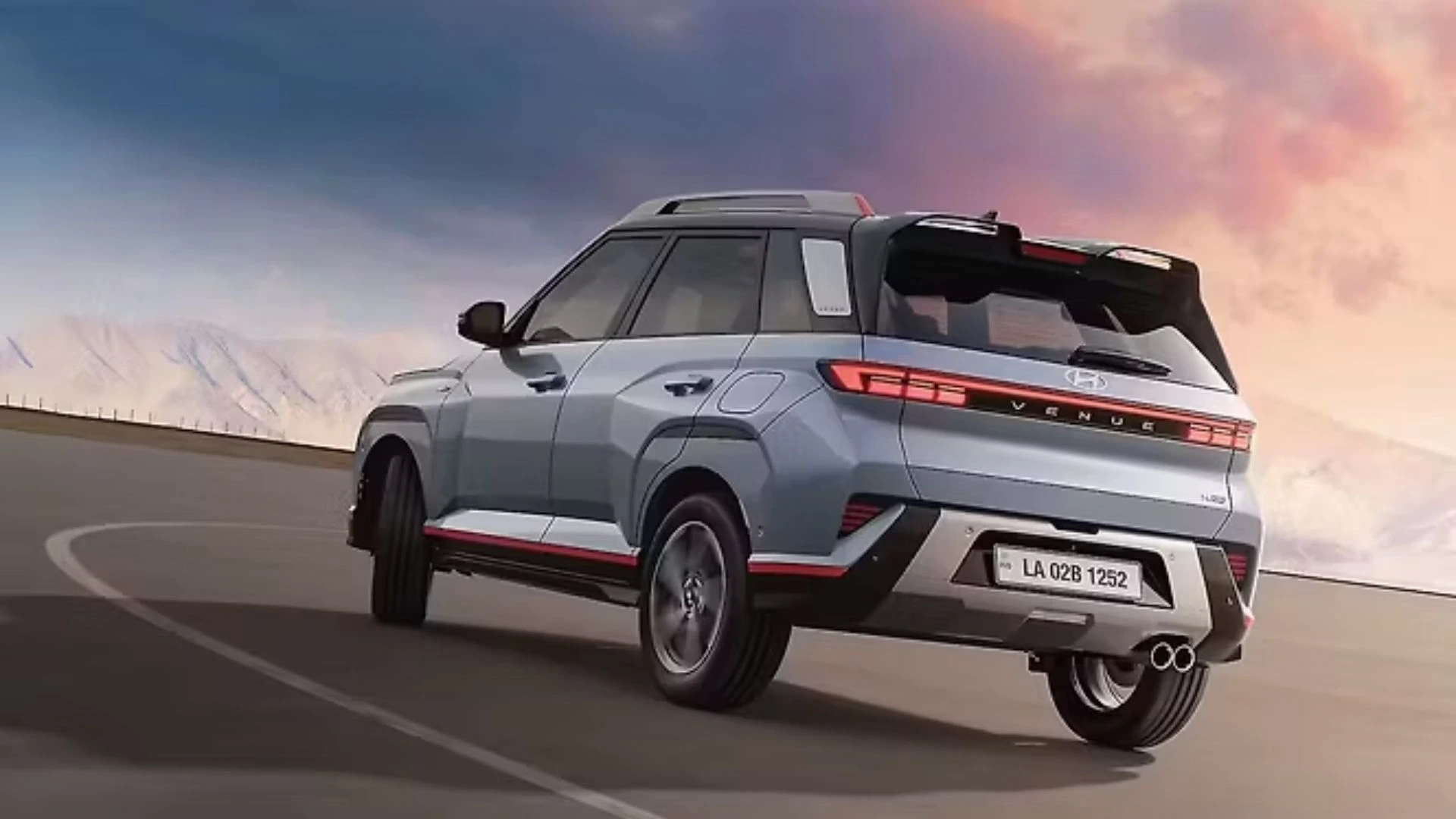
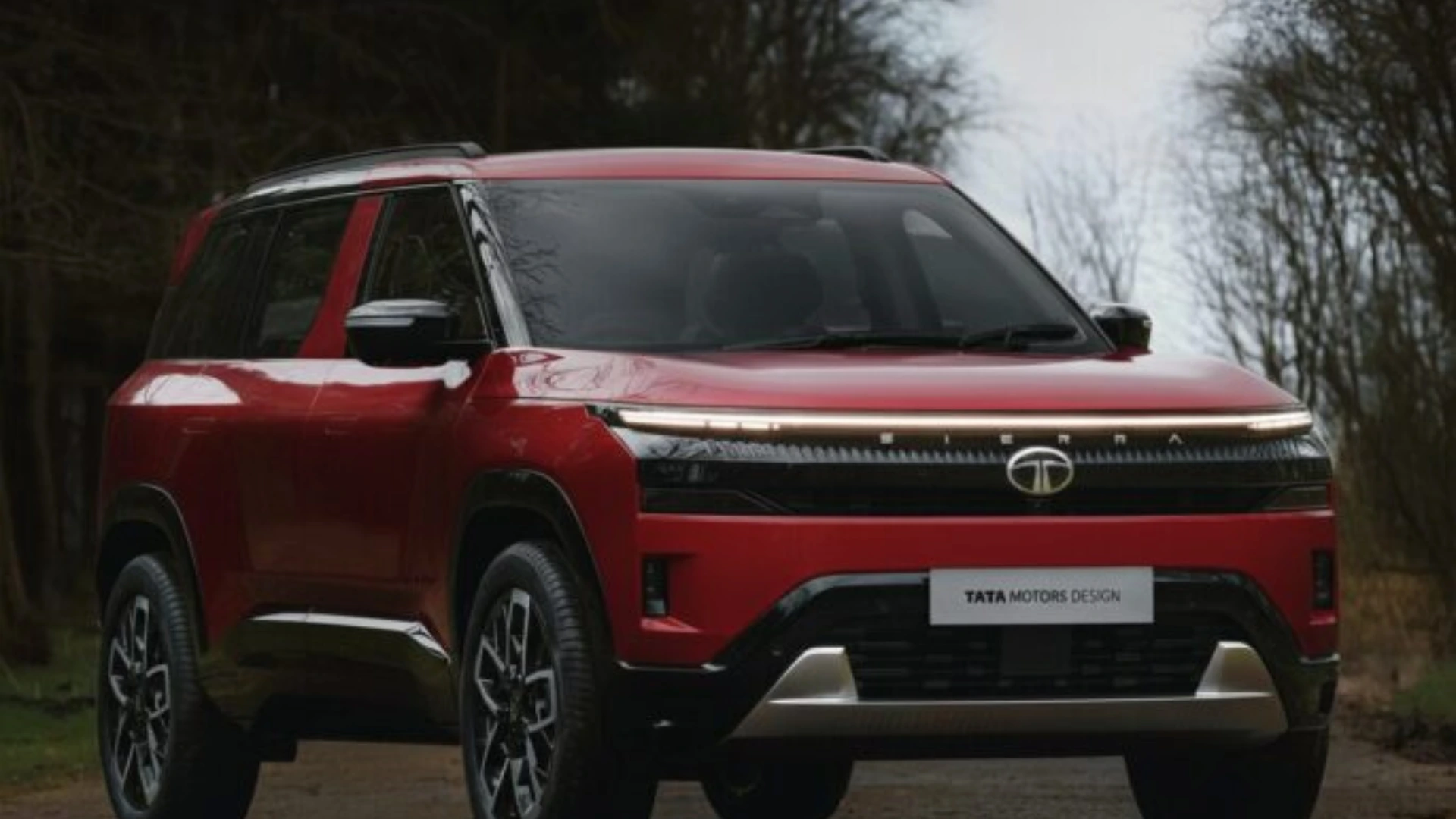



 (1)_1765788729.webp)